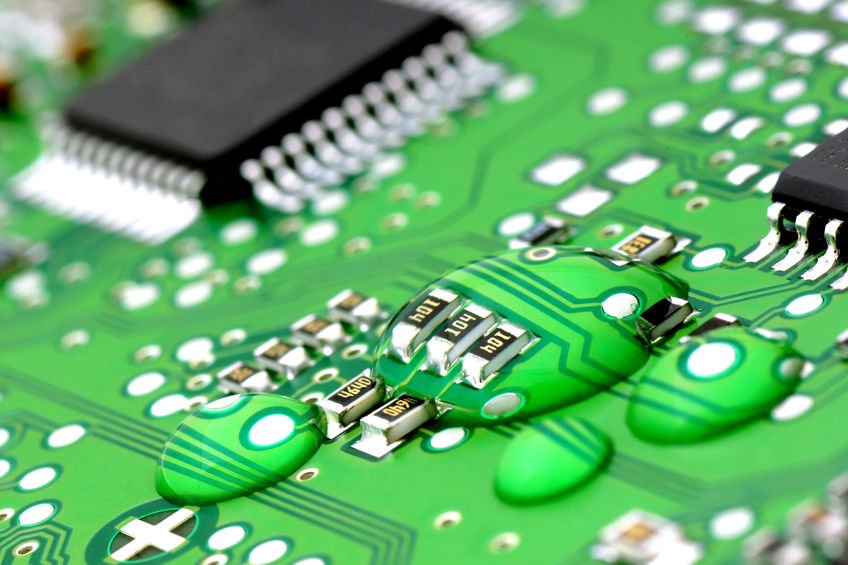Quick turnaround is more than a marketing gimmick for a small PCB prototyping company keen on serving some of the world’s most well-known and respected tech firms – it’s a promise. In an industry where 48-hour turnarounds are the norm, tiny, time-consuming snags can quickly escalate into lost orders and disgruntled customers.
PCB assembly companies must optimize practically every aspect of their operation for speed and consistency in order to consistently generate results in such short time constraints. The inherent contradiction between optimizing the assets and resources you already have and adding additional assets and resources to your surroundings is at the heart of this need.
In essence, fast-turnaround PCB assemblers want to know if they should hire more people and make better use of their machines, or whether they should invest in newer, better machines that will allow them to make the most of their current workforce.
PCB Planning Systems That Aren’t Perfect
Before delving into the question of whether labor or machine power produces faster turnarounds, we must first ensure that the PCB planning system is operating at peak efficiency. Component placement, according to William Ho, is the bottleneck of any PCB production line.
Component sequencing and feeder configurations are the two main components of the bottleneck. PCB manufacturers must determine the best component sequence and then assign it to the proper feeds.
PCB component sequencing and feeder configurations can be approached in a virtually endless number of ways. In a corporate environment, finding the truly most efficient solution is simply not possible – at least not with current computer technology, and certainly not in a two-day timescale.
On a tight timeline, PCB assemblers can employ evolutionary algorithms to find near-optimal planning systems without getting lost on the route to the “ideal” answer. While this isn’t a problem that can be rectified with today’s technology, it’s crucial to keep in mind that no existing PCB assembly technique is ideal. For high-volume PCB prototype producers, this is becoming an increasingly complicated factor.
The more machines you have, the longer it takes to set them up.
Knowing that any given PCB assembly process would be less than flawless, we can focus on workflow process time restrictions.
SMT machines aren’t ready-to-use equipment. Even the most efficient machines take at least an hour of changeover time; if you run eight to ten setups every week, you’re losing a full day of production time each week.
When dealing with tight turnarounds, changeover periods can constitute a major bottleneck in production. Time cannot be restored after it has been lost, therefore every second saved increases revenue.
Because SMT machines might encounter nearly limitless production possibilities in a single run, and are sometimes charged with producing numerous runs per day, any downtime during changeover is costly. Every second counts, as shown by a UIC in a simple set of graphs based on SMT machine revenue generating time; one hour of downtime for a line that makes $10 million annually costs $5000.
While there are always methods to increase a PCB manufacturing line’s efficiency, there is no way to account for $5000 in unaccounted for losses. Making the most of each workday is by far the preferable option, especially because some SMT machines can take up to four hours to set up for a single run of a PCB prototype.
Furthermore, adding more manufacturing lines has little effect on the productivity of existing lines. While adding more lines and people may appear to enhance PCB assembly turnaround, if total production volume does not grow, it may cost more than it is worth. As a result, keeping employees late or even hiring an extra shift is considerably superior.
Night shifts can help you earn more money.
On short-turnaround PCB assembly projects, maximizing the amount of time each machine can run is the best method to ensure efficiency. One of the greatest strategies to ensure that you fulfill assembly deadlines and avoid downtime is to find individuals prepared to work overtime or hire a whole night shift.
ChinaPCBOne Technology LTD. is the author of this article on PCB assembly. Find more information, about PCB prototype.

